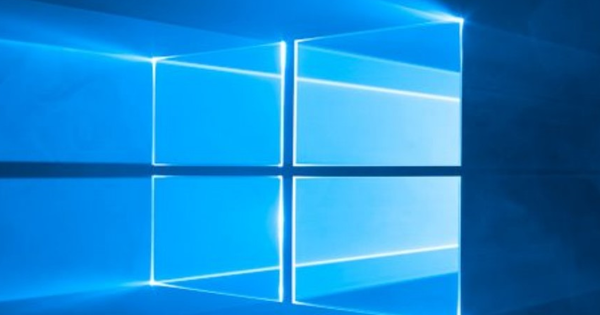A locked file is a file that you cannot delete, move, or rename because it is in use by the system or a program. The purpose of this is to protect a file while it is in use. How can you unlock such a file?
If a file is locked, you'll get a warning when you try to change or move it. For example, if you open a spreadsheet in Microsoft Excel, Excel will lock the file. Also read: How to get back deleted files in Windows and OS X.
While the file is open, you cannot rename it, move it, or delete it. Folders can also be locked when they are in use, or when they contain files that are in use.
Files can get locked on a network if another user has the file open. To unlock the file over the network you need computer management to open. click on Shared Folders, right click Open files and select Disconnect all open files.
Change locked files
If you want to move or delete a locked file, or if you want to rename it, you should first try to close the program or process that is using it. But sometimes it is difficult to find out which program or which (background) process is using the file.
There are a number of programs that allow you to unlock locked files. With LockHunter or IObitUnlocker (both Windows only) you can right-click on a file or folder to see which program is using it. You can then unlock the file by closing the program in question.
Back up locked files
In many cases, automatic backup programs cannot handle locked files either. When a file is in use, often enough access is not granted to the file to be backed up.
Fortunately, Windows has a feature that can back up files that are in use. This feature is called Volume Shadow Copy Service. Locked files are cloned, after which the cloned versions can be accessed by certain programs and services such as System Restore, backup programs and online backup software without consulting the original file.
Volume Shadow Copy Service works in the background and, in combination with backup software, ensures that a full backup is always made, even if you have files and programs open and working with them.
Not all backup software supports the feature, but if you do, you usually need to enable it in the software first.

